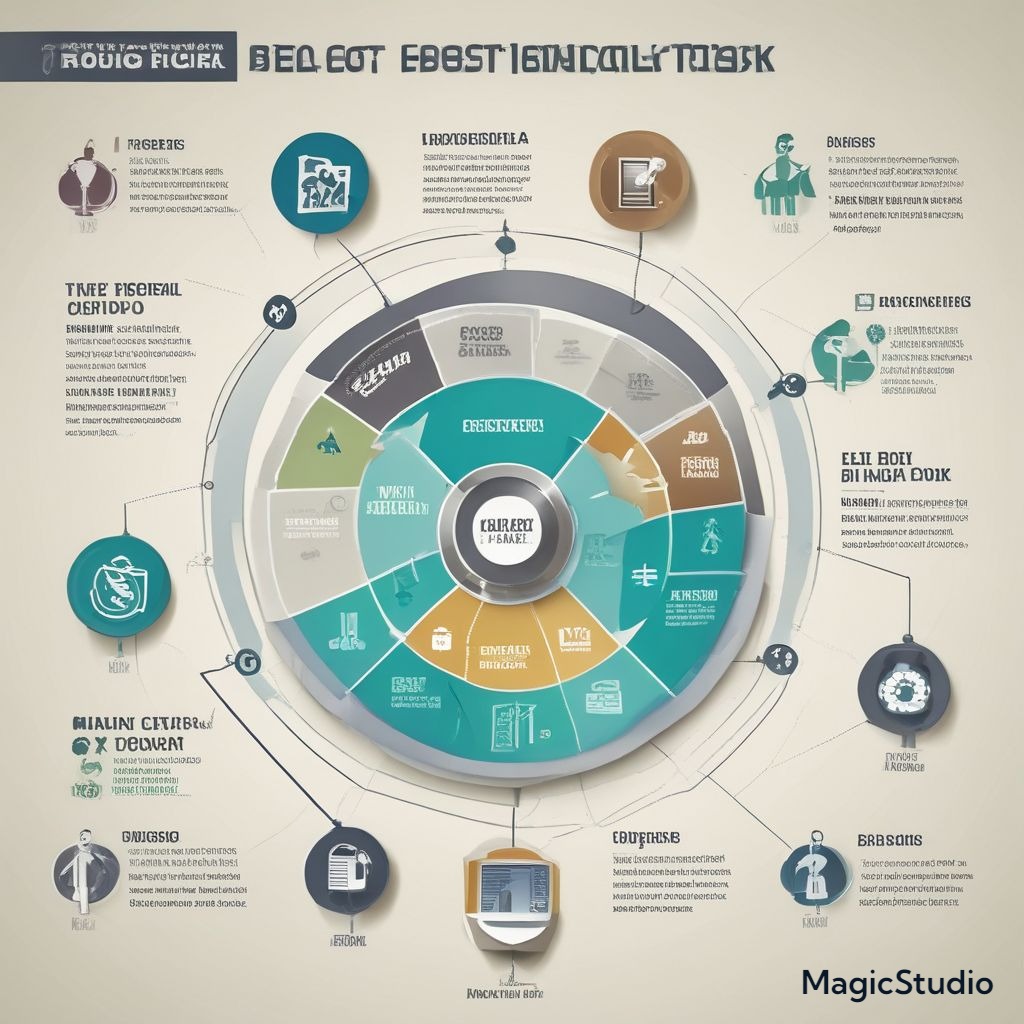In an unpredictable financial landscape, managing risk is crucial for safeguarding your investments and ensuring long-term financial health. Whether you’re an individual investor, a small business owner, or part of a larger corporation, implementing effective strategies to reduce financial risk can enhance your stability and resilience. Here, we delve into the best strategies to minimize financial risk, helping you to secure your financial future.
1. Diversify Your Investments
Why Diversification Matters
Diversification involves spreading your investments across different asset classes (stocks, bonds, real estate, etc.) to reduce exposure to any single investment. The idea is simple: when one asset class is performing poorly, others may be doing well, thereby stabilizing your overall portfolio.
How to Diversify
- Asset Allocation: Determine the percentage of your portfolio you want in stocks, bonds, real estate, and cash. Adjust based on your risk tolerance and investment goals.
- Invest in Different Sectors: Invest across various industries (technology, healthcare, consumer goods) to avoid sector-specific downturns.
- Geographical Diversification: Consider international investments to hedge against domestic market volatility.
2. Establish an Emergency Fund
Purpose of an Emergency Fund
An emergency fund acts as a financial cushion during unforeseen circumstances like job loss, medical emergencies, or major repairs. By having readily available cash, you reduce the likelihood of falling into debt during tough times.
How to Build an Emergency Fund
- Aim to save 3-6 months’ worth of living expenses.
- Keep the fund in a high-yield savings account for easy access and better interest rates.
- Contribute consistently each month, even if it’s a small amount.
3. Invest in Insurance
Types of Insurance to Consider
Insurance can protect you from significant financial losses due to unforeseen events. Consider the following types:
- Health Insurance: Protects against high medical costs.
- Homeowners or Renters Insurance: Covers damages to your property and belongings.
- Life Insurance: Provides financial support to your beneficiaries in case of untimely death.
- Disability Insurance: Offers income replacement if you become unable to work due to illness or injury.
Choosing the Right Coverage
Evaluate your needs, risks, and budget to select the most appropriate insurance policies. Review them regularly to ensure adequate coverage.
4. Practice Smart Spending
Budgeting to Control Spending
Create a comprehensive budget to track your income and expenses. This allows you to identify areas where you can cut back, thereby freeing up funds for savings and investments.
Tips for Smart Spending
- Prioritize Needs Over Wants: Focus on essential expenses before discretionary spending.
- Limit Impulse Purchases: Use techniques such as the 24-hour rule to avoid spontaneous spending.
- Shop Smart: Look for sales, use coupons, and compare prices to get the best deals.
5. Educate Yourself
Importance of Financial Literacy
Knowledge is power when it comes to reducing financial risk. Understanding the basics of investing, budgeting, and financial management enables you to make informed decisions.
How to Improve Financial Literacy
- Read Books and Articles: Explore reputable resources on personal finance and investment strategies.
- Take Courses: Online platforms offer courses on various financial topics, from budgeting to advanced investment strategies.
- Consult with Financial Advisors: Professionals can provide personalized advice and help you create a tailored financial plan.
6. Regularly Review Your Financial Plan
Why Regular Reviews Are Essential
The financial landscape is ever-changing; thus, regular reviews of your financial plan ensure it aligns with your current goals and market conditions.
What to Review
- Investment Performance: Assess the performance of your investments and make adjustments as needed.
- Budget vs. Actual Spending: Compare your budgeted expenses with actual spending to identify discrepancies.
- Financial Goals: Reevaluate your short-term and long-term goals to ensure they are still relevant and achievable.
